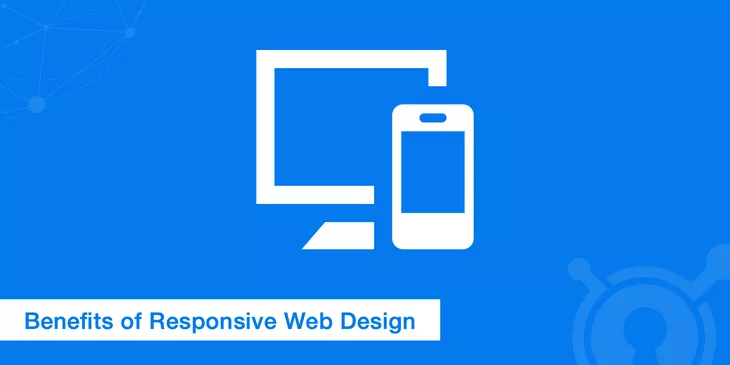How to make your website mobile-friendly

In today’s digital age, having a mobile-friendly website is more important than ever. With the majority of internet users now accessing the web from their smartphones and other mobile devices, it’s essential that your website is optimized for mobile viewing. One of the best ways to achieve this is through responsive design. In this article, we’ll explore the benefits of responsive design and provide tips for making your website mobile-friendly.
The benefits of responsive design and how to make your website mobile-friendly
Increased User Experience
Responsive design is all about providing an optimal user experience, regardless of the device being used to access your website. With responsive design, your website will automatically adjust its layout and content to fit the screen size and resolution of the device being used, ensuring that your website is easy to use and navigate, no matter where it’s being viewed.
Improved SEO
Having a mobile-friendly website is also important from an SEO perspective. Google has stated that mobile-friendliness is a ranking factor in its search engine algorithms, so having a responsive design can help you rank higher in search results and attract more organic traffic.
Increased Conversion Rates
A mobile-friendly website can also help increase your conversion rates. With a responsive design, you can provide a seamless user experience across all devices, making it easier for users to complete conversions and interact with your website.
Future-Proofing Your Website
Finally, responsive design is a future-proof solution for your website. As new devices and screen sizes continue to emerge, a responsive design will automatically adapt to provide an optimal user experience, without the need for any additional development work.
To make your website mobile-friendly through responsive design, there are a few key steps you can take:
- Use a Responsive Framework – Consider using a responsive framework, such as Bootstrap or Foundation, which provides a solid foundation for building a responsive website. These frameworks include a range of pre-built components and styles that can be easily customized to meet your specific needs.
- Test Your Website on Multiple Devices – Make sure to test your website on multiple devices and screen sizes, to ensure that it looks and functions as intended on all devices.
- Optimize Your Content for Mobile Viewing – When designing your website, consider optimizing your content for mobile viewing. This might include reducing the amount of text on your pages, using larger font sizes, and simplifying your navigation.
- Use Responsive Images – Finally, consider using responsive images, which will automatically adjust their size to fit the screen size of the device being used. This can help improve the loading speed of your website, and ensure that your images look sharp and clear on all devices.
In conclusion, responsive design is a powerful tool for making your website mobile-friendly and providing an optimal user experience. Whether you’re looking to improve your SEO, increase your conversion rates, or future-proof your website, responsive design can help you achieve your goals.


Comments are closed.